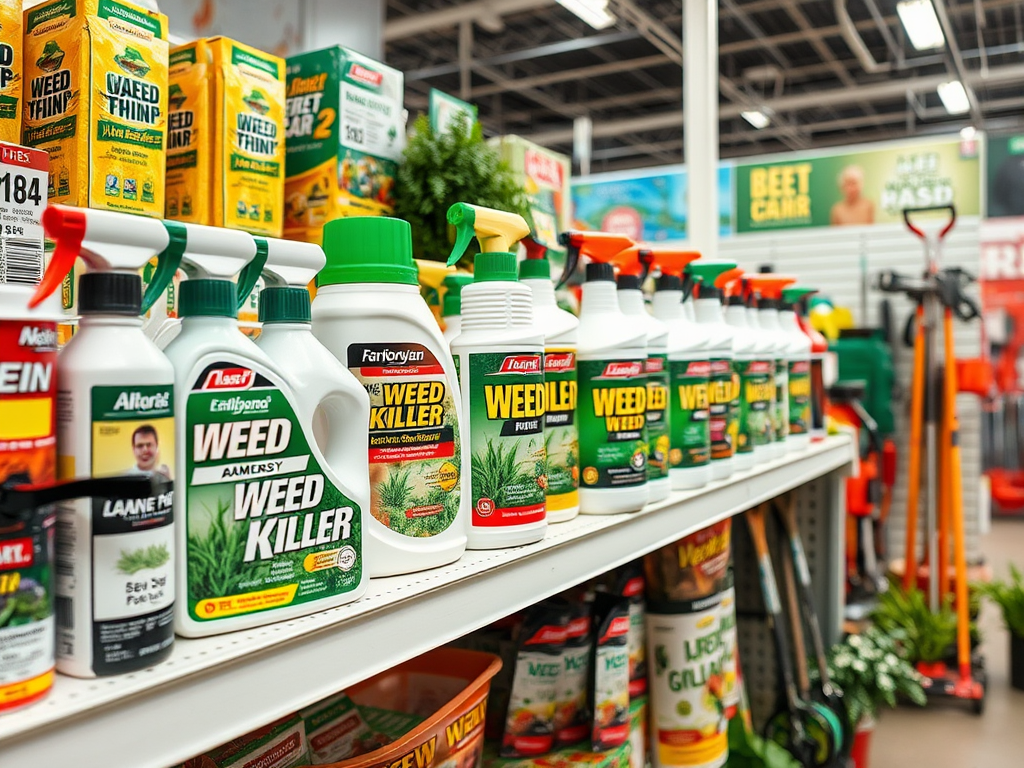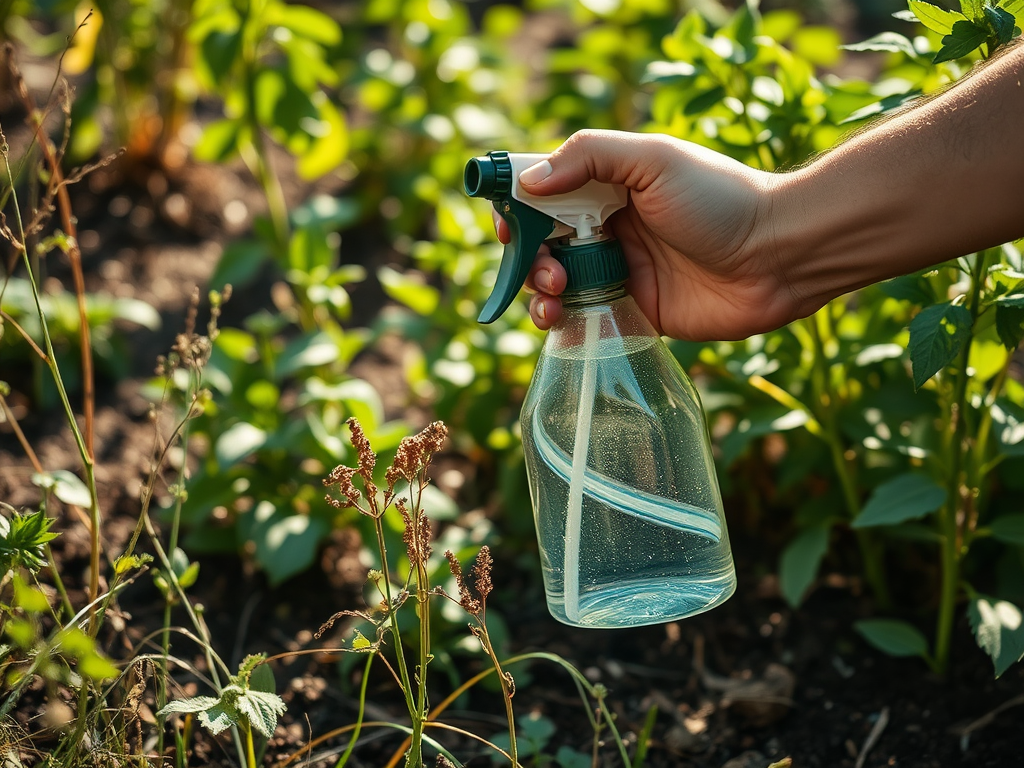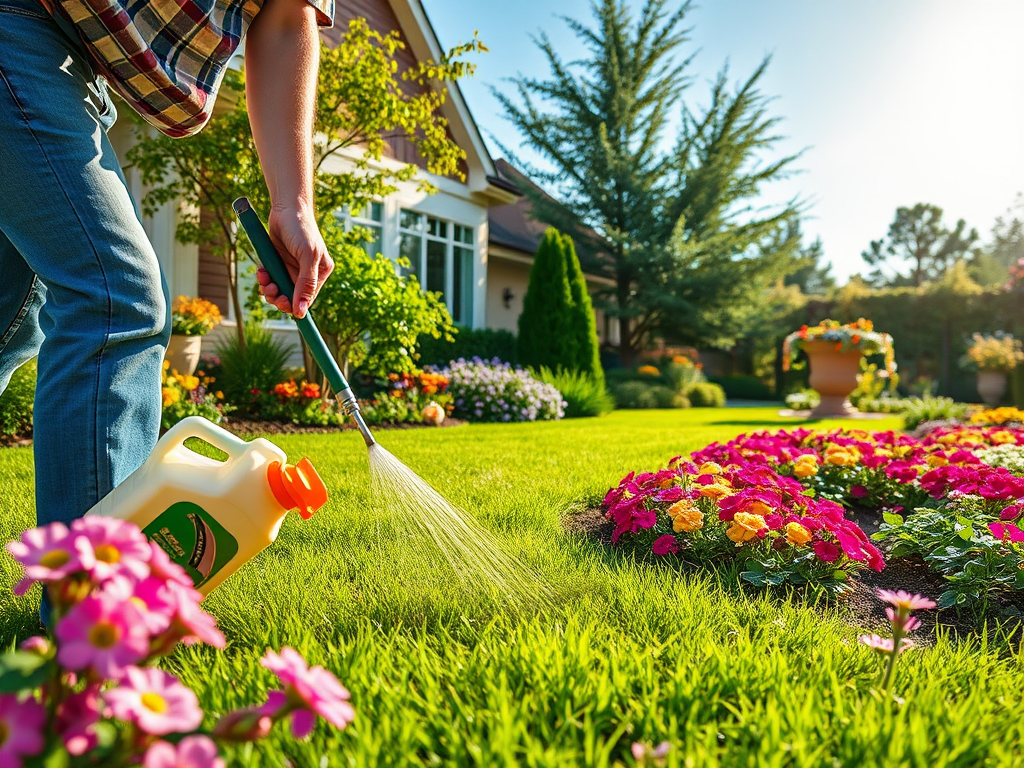In the quest for a perfectly manicured lawn and flourishing garden, weed control becomes a critical undertaking. While many might view herbicides as a mere solution to an ordinary problem, the truth is more complex. The right weed killer not only protects your investments but also nurtures the natural balance of your outdoor spaces. Yet, before you rush to purchase the first bottle you see on the shelf, it’s essential to understand what sets each product apart. Armed with knowledge about different types, key ingredients, and application methods, you’ll be better positioned to make an informed choice that aligns with your gardening goals.
From the distinctions between selective and non-selective herbicides to the potential environmental impacts of each option, there is much to explore. This guide aims to break down the essential elements of top-rated weed killers. By emphasizing not only the functionality but also the ecological considerations of these products, you’ll gain insights that will empower your decisions. So, whether you have a sprawling estate or a quaint urban garden, this article provides the tools you need to choose wisely. Let’s dive into the world of weed killers and discover what makes one product shine above the rest.
Understanding Weed Killers

Weed killers, or herbicides, function as the frontline defense against invasive plants that threaten your garden’s health. These chemicals help eliminate unwanted vegetation while allowing your chosen flowers and grasses to thrive. However, a clear understanding of how each type of weed killer works is vital for optimizing their application in your garden. To aid in this, we will delve into both selective and non-selective herbicides, discussing their roles in weed management. Understanding these distinctions will help you navigate the complex choices available on the market today. Let’s unravel the types of weed killers you may encounter.
Types of Weed Killers

There are two primary categories of weed killers: selective and non-selective. Each plays a distinct role depending on your gardening focus. Selective herbicides are formulated to target specific types of weeds without harming surrounding plants. This capability makes them ideal for maintaining healthy lawns or flower beds where you want to protect desired plant life. On the other hand, non-selective herbicides work broadly by killing any plant material they touch. They are typically utilized in areas that require complete vegetation removal, such as gravel driveways, sidewalks, and prior to planting new crops.
| Type of Herbicide | Function | Best Used For |
|---|---|---|
| Selectively formulated | Kills specific weeds | Lawn and flower beds |
| Non-selectively formulated | Kills all plants | Driveways, patios, clearing land |
Key Ingredients to Look For
When selecting a weed killer, the active ingredients list can tell you a lot about a product’s effectiveness and safety. Knowledge of these primary components and how they function can aid in making informed decisions. For instance, glyphosate is prevalent in many non-selective herbicides, acting by inhibiting enzymes key for plant growth. If you’re interested in preventive measures, consider pre-emergent herbicides that are designed to stop weed seeds from germinating. Another meaningful aspect is the application area: some ingredients may be safe for certain gardens but not ideal for vegetable patches, so it’s crucial to verify compatibility.
Application Techniques
The efficacy of weed killers is highly dependent on the application technique. Timing plays a vital role; applying before the weeds start to germinate often leads to better results. Furthermore, different methods of application, whether it’s a handheld sprayer or granular spreader, can influence how well the product performs and minimizes unintentional exposure to other plants. To maximize results, follow these application tips:
- Assess the weather conditions; avoid windy days to prevent drift.
- Check weed life cycles to determine optimal application times.
- Measure the area accurately to avoid under or over-application.
Considerations Before Buying
Before purchasing a weed killer, there are several key factors to take into account. Start with the size of the area you need to treat; understanding this will help you determine how much product to buy. Cost versus value represents another critical aspect; while cheaper options may seem tempting, they could lack the efficacy of more reputable brands. Additionally, consider long-term implications such as environmental impact, especially if your garden supports local wildlife or pets. Your choices today can shape the ecological balance of your yard for years to come.
Conclusion
In conclusion, selecting the right weed killer involves more than just picking off the shelf; it requires thoughtful consideration of several factors. Understanding the distinctions between types of herbicides, their active ingredients, and the methods of application will guide you towards a more harmonious gardening experience. With this knowledge, you will be equipped to protect your precious landscapes without compromising the environment or the wellbeing of local fauna. Choose wisely and help create a beautiful, healthy outdoor space.
Frequently Asked Questions
- What is the best time to apply weed killer? The best time to apply depends on the type of weed; generally, early spring before germination is optimal.
- Are there organic alternatives to chemical weed killers? Yes, there are many organic options, including vinegar-based solutions and essential oil formulas.
- How long does it take for weed killer to work? Most herbicides start showing results within a few hours to a couple of weeks, depending on the product and the type of weed.
- Can I use weed killer on my vegetable garden? Caution is advised. Use selective herbicides that are safe for vegetables, or opt for organic solutions.
- Is it safe to apply weed killer if it’s windy? No, applying during windy conditions can lead to drift and unintentional harm to desirable plants. It’s best to wait for calm weather.
